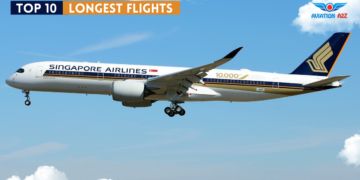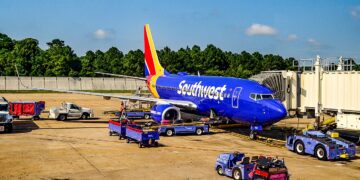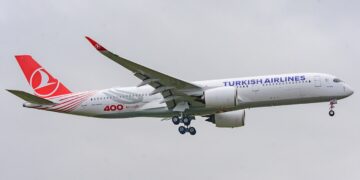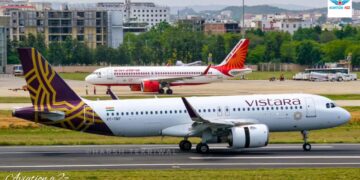Only IndiGo and Vistara are expected to add more flights than last year, while the other four are expected to decrease by 10%, making up the Indian carriers’ summer flying schedule.
Directorate General of Civil Aviation
According to data from the Directorate General of Civil Aviation, airlines would deploy 22,907 flights per week during the summer schedule, which runs from 26 March through 28 October, down from 25,309 flights in 2022. (DGCA).
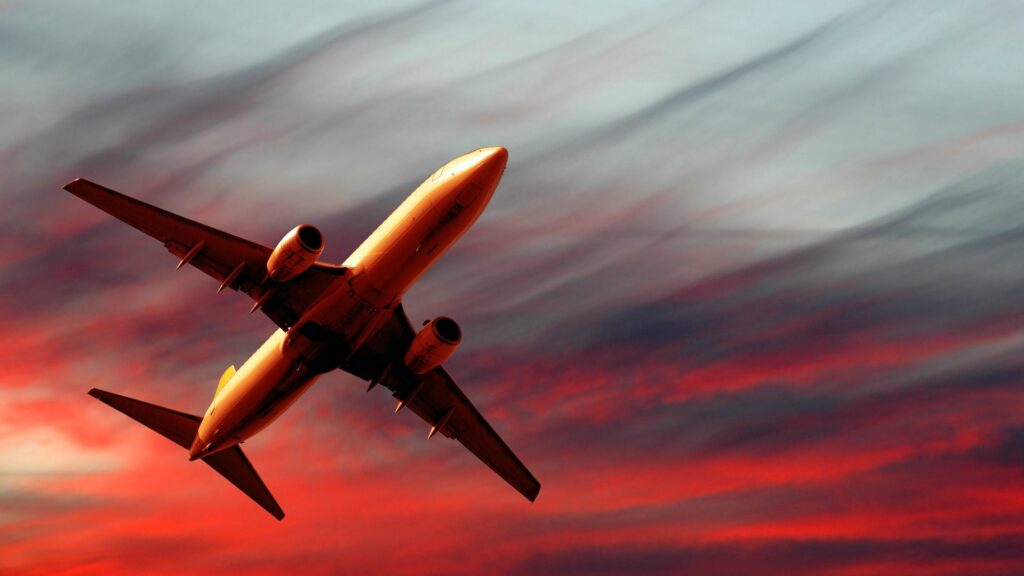
Number of flights that are run by
The number of flights operated by Go First, Air India, SpiceJet, and AirAsia India will decrease, although IndiGo and Vistara will operate more flights than they did last year. 110 airports will be served by the 22,907 flight departures each week.
Among these, the new airports included in the schedule are those in Jeypore (Odisha), Cooch Behar (West Bengal), Hollongi (Arunachal Pradesh), Jamshedpur (Jharkhand), Pakyong (Sikkim), and Mopa in Goa. To be included in the summer schedule, airlines must still suggest flights to the airports in Ziro (Arunachal Pradesh) and Hindon (Ghaziabad).
A 3% increase from 11,130 flight departures per week last year to 11,465 this year is planned by IndiGo, the largest domestic carrier with a market share of roughly 56%. With 1,856 flights this year compared to 1,741 last year, Vistara, which will soon merge with Air India, would experience a growth of about 7%.
When compared to last year, SpiceJet’s planned flight deployment of 2,240 is down 47%. This year, Go First will operate 1,538 weekly flight departures, which is a 40% reduction from last year.
Also, read
- Dancer Salman Yusuff Khan was harassed at the Bengaluru airport for not speaking Kannada
- Passenger Offloaded From American Airlines Delhi- New York Flight, Crew Accused Of Disobeying | Exclusive
- Pakyong Airport In Sikkim Resumes Flight Operations | Exclusive
An 11% reduction from 2,456 flights last year, Air India has proposed operating 2178 flight departures per week. Having joined the Air India group, AirAsia India will operate 1,456 fewer flights per week, a 9% reduction.
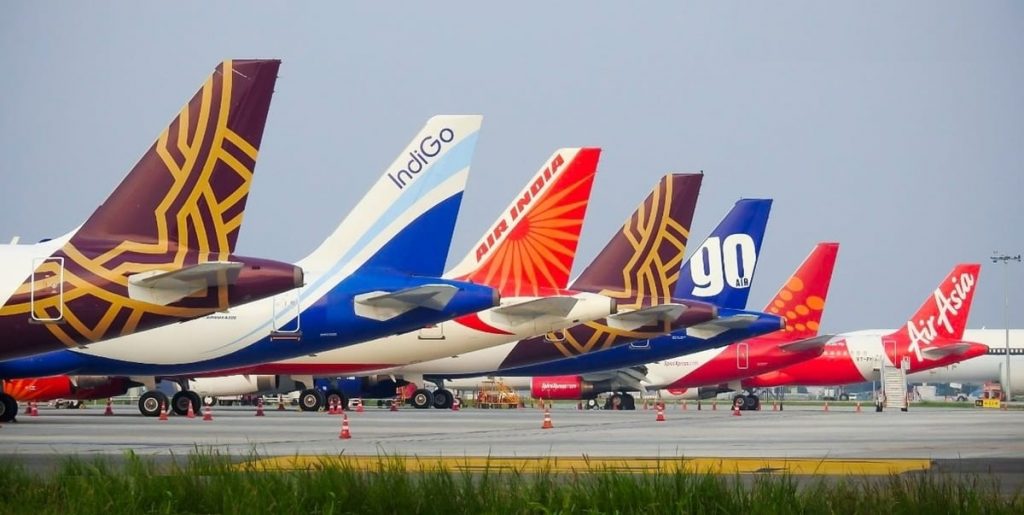
Due to supply chain limitations, the majority of airlines are having trouble increasing their capacity, and a handful is also experiencing financial hardship from fleet expansion, according to an industry expert.
Thank you
Stay updated with Aviationa2z.com



